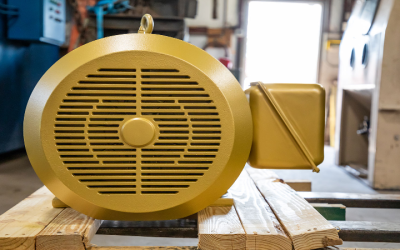When you read about airplane construction materials, you will often see Alclad mentioned among them. This type of product has been around for a long time, and its success is based largely on the fact that it is constructed to maximize the positive attributes of all of its components. Rarely has a product been created that so perfectly solves a problem or fits a niche that it has needed little modification or improvement over decades of use in an industry.
A Brief History of Alclad
Created in 1927, this aluminum product was immediately popular because of its strength and corrosion resistance. As a matter of fact, in the same year that it was created, the United States constructed a naval airship from the material. It is an Alcoa trademark and it has maintained its popularity over these many decades, still being a key component used in aircraft manufacture today.
Advantages
Alcladding metal combines the advantages of pure aluminum and its better alloys. It has the superior corrosion resistance of pure aluminum and the strength of an alloy. It retains many of the other properties of aluminum and its alloys, too, including light weight, ability to transfer heat and electricity, malleability and ductility.
Construction
The secret to Alclad’s combination of strength and corrosion resistance is in its construction. The material is actually a combination of a pure metal and an alloy, layered to utilize the best features of each. The core is a strong aluminum, copper, manganese and magnesium alloy bonded solidly to an outer coating of pure aluminum or an anodic aluminum alloy. The final product is a kind of “aluminum sandwich” with the corrosive resistant pure metal on the outside and the stronger alloy inside. The metallurgical bond increases the strength of the finished product, making the sum of their strength greater than the addition of the two parts.
Uses
This duplex metal product is primarily used in passenger and transport aircraft. It is used to make the outer skin of the craft, including the skin that covers the wings. The fact that the product is produced generally in long sheets, coupled with its strength and ability to rest the elements, makes the outer skin of an aircraft the most useful application for it.


